Shipyard Employee
Discover How Technology and Shipbuilding Revolutionize Maritime Industry
83
Did you know that over 90% of world trade—including essentials like food, medicine, and fuel—moves by sea, and advancements in technology and shipbuilding are responsible for making this possible with unmatched efficiency and sustainability? From massive cargo ships running on cleaner fuels to the emergence of digital twins and AI-powered design, the future of the maritime industry is being rewritten with every innovation.Opening Insights: The Surprising Synergy of Technology and ShipbuildingThe relationship between technology and shipbuilding is unlocking extraordinary transformations within the maritime sector. As shipbuilders integrate digital innovations, we see sweeping changes in ship design, construction processes, and operational strategies. Vessels today are equipped with advanced systems—from real-time digital twin monitoring to AI-driven navigation—resulting in smarter, cleaner, and more capable ships. This synergy is not just about creating faster or larger vessels—it's about reshaping the shipbuilding industry's influence on global trade and the broader economy.Readers will be surprised at the profound impact these technologies are having. As global shipbuilding adapts, we note an unprecedented rise in efficiency, sustainability, and safety. Notably, shipbuilding companies across South Korea, China, Europe, and the United States are leveraging smart shipyards, automation, and eco-friendly materials to stay ahead. This article will uncover how innovation is not just supporting the maritime industrial base but is also future-proofing supply chains and strengthening the world's seaborne commerce.What You'll LearnThe profound impact of technology and shipbuilding on the maritime sectorThe emergence of digital twins and advanced ship designInsights on global shipbuilding trends and leading shipbuilding companiesHow innovation is redefining the shipbuilding industry’s capacity and sustainabilityFuture predictions: where technology and shipbuilding are heading"The fusion of technology and shipbuilding isn’t just revolutionizing vessels—it’s altering maritime economics and global trade dynamics."Technology and Shipbuilding: Setting the Stage for the Next EraThe shipbuilding industry has always been at the forefront of innovation, blending tradition with trailblazing technology. Today’s revolution is driven by advanced manufacturing techniques and digital intelligence, setting the stage for a future where commercial vessels and cruise ships are designed, built, and operated with levels of precision and efficiency once thought impossible. Shipbuilding capacity is now measured not just by the volume or size of ships launched, but also by the agility with which new technologies—such as digital twins, automation, and artificial intelligence—are adopted. This paradigm shift is expanding the boundaries of what’s possible, making modern shipyards more competitive and responsive to challenges like evolving environmental regulations and global trade demands.With leaders in countries such as South Korea and China building ships at record-breaking rates, the competitive advantage now lies with shipyards capable of integrating cutting-edge digital solutions. These advancements are streamlining production processes, lowering operational costs, and providing real-time data for predictive maintenance and enhanced safety protocols. The united states, although facing intense global competition, is also investing heavily in smart ship design and workforce training to remain a key player in commercial ship construction. As we move forward, the next era for technology and shipbuilding will be defined by adaptability, automation, and a relentless pursuit of sustainability.As the shipbuilding industry continues to evolve, the integration of advanced naval vessels is also reshaping defense strategies worldwide. For a closer look at how innovative ship designs are influencing modern naval capabilities, explore how Italy’s new PPA vessels are transforming naval defense strategy and setting new standards for maritime technology: Italian Navy PPA Vessels: A New Era in Naval Strategy.A Brief History: Evolution of Technology and ShipbuildingThe journey of shipbuilding spans centuries, evolving from simple wooden vessels powered by wind to today’s sophisticated ships constructed from high-strength steel and composite materials. Early advancements, such as the introduction of iron hulls and steam engines in the 19th century, revolutionized maritime trade. The 20th century brought welding and modular assembly, drastically accelerating the shipbuilding process and altering the industrial base behind maritime nations. The post-war era, dominated by the rise of container ships and mass production, further solidified the importance of technological adoption, especially during the cold war when naval supremacy became a strategic imperative for countries like the United States and the Soviet Union.Modern times are defined by digital integration. The use of CAD software, automated welding robots, and advanced propulsion systems has streamlined both the production process and operational performance of commercial vessels. Today, ship designers utilize simulation tools for hydrodynamics, emission modeling, and virtual prototyping, giving shipbuilding companies a substantial edge in an increasingly globalized market. Looking back, the synergy between imaginative engineering and pragmatic technology continues to drive the shipbuilding industry into new frontiers, setting the foundation for a more advanced, sustainable, and efficient maritime future.How Digital Twin Technology Is Transforming the Shipbuilding IndustryAmong the most groundbreaking innovations, digital twin technology is changing the way ships are conceived, built, and operated. By creating a real-time digital replica of a vessel, shipbuilders can monitor every system, predict failures, and optimize maintenance schedules before issues arise. This dynamic modeling ensures that commercial ships, from cargo ships to cruise ships, maintain peak performance while reducing downtime and operational costs. The shipbuilding industry’s adoption of digital twins allows for seamless collaboration among designers, engineers, and operators, bridging the gap between physical assets and their digital counterparts.The benefits go even further: digital twin technology enables virtual testing of new ship designs, stress simulations for hull integrity, and automated adjustments to engineering plans based on real-world data. For example, in the production process, digital twins can identify inefficiencies and suggest process improvements, boosting productivity and enhancing shipbuilding capacity. As global trade intensifies, this technology is helping the shipbuilding sector adapt quickly and stay ahead of complex logistical and regulatory challenges. Already, leading shipbuilding companies are leveraging digital twins to increase efficiency, safety, and sustainability across their fleets and shipyards.Real-Time Monitoring, Maintenance, and Ship Design InnovationsDigital twins offer real-time insight into the operational status of ships, whether they are commercial container vessels or high-tech cruise liners. This means ship operators can anticipate equipment failures, monitor fuel efficiency, and perform maintenance only when necessary—extending the lifespan of valuable assets while saving money. The feedback collected through this technology further influences future ship design, ensuring new vessels are more reliable, efficient, and compliant with evolving environmental regulations.Another advantage is the seamless integration of advanced simulation tools with digital twins, allowing shipyards to rapidly prototype and test new ship designs without constructing expensive scale models. These systems support innovation in hydrodynamics, emission controls, and materials engineering, propelling the shipbuilding industry towards smarter, cleaner, and more resilient commercial vessels. The ability to optimize both design and real-world performance simultaneously is revolutionizing the global shipbuilding landscape, delivering better value to shipowners and greater safety to crews and passengers worldwide.Ship Design: Where Engineering Meets ImaginationThe advent of sophisticated ship design tools has blurred the line between what is conceivable and what is possible in maritime engineering. Ship designers today blend artistic vision with state-of-the-art engineering, leveraging AI-powered simulations and digital twin platforms to imagine ships that are lighter, greener, and more hydrodynamically efficient. For example, the introduction of smart hulls has minimized drag, resulting in lower fuel consumption and emissions—a critical innovation for both container ships and cruise ships operating in environmentally sensitive zones.The integration of advanced propulsion systems and emission control technology ensures that today’s commercial ships not only meet but often surpass regulatory requirements. Thanks to the continuous refinement of shipbuilding processes, companies can rapidly iterate ship designs, adapt to new cargo profiles, and anticipate changing trade routes. This flexibility grants shipbuilders a powerful competitive advantage, enabling them to respond quickly to shifting demands in the global shipbuilding market.Key Innovations in Ship DesignHydrodynamics modelingEnvironmental emission controlsSmart hulls and propulsion systemsThe Role of Technology and Shipbuilding in the Global Shipbuilding LandscapeThe modern global shipbuilding industry is a testbed for technological advancement, with leading shipyards in South Korea, China, Japan, and the United States racing to implement new innovations. Technology-intensive production lines, such as automated assembly robots and digital logistics tracking, are optimizing output and strengthening shipbuilding capacity across continents. This international rivalry has pushed shipbuilders to invest heavily in R&D, focusing on sustainability, automation, and sophisticated design techniques.Major shipbuilding companies are not only increasing the speed at which ships are built but are also reducing their environmental impact. As a result, global shipyards are better equipped to construct high-tech vessels—ranging from autonomous ships to LNG-powered cargo ships—positioning the industry as a foundational pillar of 21st-century global trade. The interplay between advanced manufacturing, digital design, and operational analytics is reinforcing supply chains and transforming maritime shipping into a smarter, safer enterprise.Analyzing Current Global Shipbuilding CapacityShipbuilding capacity is crucial for economic security, national defense, and uninterrupted global logistics. Presently, East Asia—particularly South Korea and China—dominates the shipbuilding market with state-of-the-art shipyards capable of producing huge commercial vessels and complex cruise ships at scale. These shipbuilders utilize digital project management, large-scale industrial automation, and big data analytics, enabling them to outpace competitors in both volume and efficiency.The united states and Europe maintain specialized capacity for naval and high-value commercial ships, often emphasizing quality control, customization, and adherence to stringent environmental regulations. The intersection of digital and physical production processes enables shipyards to maximize throughput while minimizing waste and emissions. Ultimately, these global leaders are helping to define new benchmarks for the maritime industrial base, ensuring robust and resilient shipping infrastructure for future generations.Major Shipbuilding Companies Driving the Industry ForwardLeading shipbuilding companies like Hyundai Heavy Industries, Samsung Heavy Industries, Daewoo Shipbuilding & Marine Engineering, and China State Shipbuilding Corporation have redefined industry standards. Their adoption of automation, modular ship construction, and data-driven project management has allowed these giants to build ships faster, smarter, and with greater flexibility. These firms not only respond to customer needs but often anticipate trends in ship design and safety requirements, giving them a significant competitive advantage in a fast-moving market.By investing in R&D and collaborating with technology leaders, these companies continue to lead the way in digital twin integration, renewable propulsion solutions, and AI-enhanced design. Such partnerships catalyze innovation throughout the shipbuilding industry and are paving the way for other market players to follow suit. As smart shipyards become the norm, legacy builders and new entrants alike will need to adopt or risk falling behind.Leading Shipbuilding Companies: Output & Technology AdoptionCompanyCountryGlobal Output (2023, GT)Key Technologies AdoptedHyundai Heavy IndustriesSouth Korea9.7 millionDigital Twin, AI, LNG Propulsion, Modular ConstructionDaewoo Shipbuilding & Marine EngineeringSouth Korea8.5 millionRobotics, Digital Project Management, Green Ship DesignSamsung Heavy IndustriesSouth Korea7.9 millionAutomation, Advanced Manufacturing, Emission ControlsChina State Shipbuilding CorporationChina25.2 millionBig Data Analytics, AI Navigation, Smart HullsTechnology and Shipbuilding: Driving Forces of Industry TransformationToday's shipyards are digital enterprises where automation, green engineering, and AI converge to deliver unprecedented quality and productivity. No longer confined to manual labor and analog blueprints, the shipbuilding sector now relies on advanced manufacturing, supply chain analytics, and integrated digital platforms. These driving forces are lowering costs, improving safety records, and reducing the environmental footprint of modern commercial ships.As maritime regulations tighten, especially around emissions and sustainable sourcing, shipbuilders are compelled to overhaul traditional production processes. Embracing digital solutions and eco-friendly technologies is no longer optional but essential for future market viability. This transformation is also enhancing workforce skills, creating high-tech jobs, and attracting new talent to what remains one of the world’s most vital industries.Automation and Robotics: Efficiency in Modern ShipyardsThe implementation of robots and automated systems has revolutionized shipbuilding practices, especially in high-capacity yards. Robotic arms now handle critical tasks like welding, cutting, and assembly with greater speed and accuracy than human workers, dramatically reducing production time and error rates. Sophisticated machines streamline complex workflows, while advanced sensors ensure safety and precision throughout the assembly process. This boost in operational excellence enables shipbuilders to keep pace with rising demand for large-scale commercial ships and specialized vessels.In addition to productivity gains, automation reduces costs and workplace incidents, making shipyards safer and more efficient. Automated logistics systems move materials seamlessly between workstations, allowing for just-in-time production and enhanced supply chain resilience. The result is an integrated, lean production environment that can rapidly adjust to global market shifts and evolving customer requirements. As the shipbuilding industry moves further into the digital age, the advantages of automation and robotics will only increase—paving the way for the next generation of maritime innovation.Sustainability and Green ShipbuildingEnvironmental stewardship is now central to shipbuilding companies as global shipping faces calls for cleaner, greener operations. Leading yards are embracing innovative solutions like LNG propulsion systems, which slash greenhouse gas emissions compared to traditional fuel oil. Ballast water treatment plants, required by international maritime regulations, reduce the spread of invasive species and protect fragile marine ecosystems. Moreover, new production techniques allow for the integration of renewable materials—from advanced composites to recycled steel—setting fresh benchmarks for eco-friendly ship construction.These green initiatives do not merely meet regulatory standards—they are a selling point for shipping companies and cruise operators seeking a competitive edge in an environmentally conscious marketplace. The drive for sustainability has prompted collaborations with research institutions and startups, accelerating the adoption of emission-reducing technologies and digital sustainability audits. As shipbuilders continue to pioneer greener designs and smarter production processes, they lay the groundwork for lasting environmental and economic resilience in the maritime industrial base.Top Eco-Friendly Shipbuilding AdvancesLNG propulsionBallast water treatmentRenewable material integrationArtificial Intelligence and Predictive Analytics in ShipbuildingArtificial intelligence and predictive analytics are game changers for the shipbuilding industry. AI-driven platforms process vast data sets—spanning from materials procurement to onboard system diagnostics—enabling shipbuilders to optimize nearly every aspect of ship design and construction. Predictive algorithms flag potential supply chain disruptions, recommend design adjustments, and even forecast the best maintenance schedules, all of which help shipyards stay ahead of costly delays and equipment failures.Integrating AI accelerates innovation cycles by providing engineers and project managers with actionable insights, leading to smarter, data-driven decisions. As a result, commercial ships are constructed and launched with greater accuracy, reliability, and energy efficiency than ever before. Predictive analytics also support regulatory compliance, automatically tracking performance data for environmental audits and certification, ensuring the shipbuilding process remains future-ready and aligned with global trade requirements.Opinion: Are Technology and Shipbuilding on the Right Course for the Future?"The future of the shipbuilding industry rests on how quickly it can harness new technologies."Recent breakthroughs in technology and shipbuilding are steering the maritime industry toward a smarter, more sustainable future. Still, the journey is not without its challenges. The pace of technology adoption varies greatly between countries and companies, influenced by investment in digital infrastructure, regulatory environments, and availability of skilled labor. While early adopters reap the benefits of digital twins, automation, and green tech, laggards risk being sidelined in an increasingly competitive and environmentally conscious global market.The next decade will be a pivotal test: can the shipbuilding industry scale innovation quickly enough to keep up with global trade, geopolitical shifts, and customer expectations? While barriers persist, shipbuilders that invest in new capabilities now are best positioned to lead tomorrow’s maritime economy.Challenges Facing Technology and Shipbuilding IntegrationDespite all the progress, several hurdles hinder full-scale adoption of emerging technologies. Regulatory frameworks struggle to keep pace with innovation, creating uncertainty for investments in new ship designs and sustainable production methods. At the same time, there is a shortage of skilled workers versed in both advanced manufacturing and digital systems—a gap that increases operational risks and limits the speed at which shipyards can modernize.Global economic uncertainties, shifting supply chains, and evolving trade dynamics—such as tariff fluctuations or regional conflicts—also challenge shipbuilders to remain agile. In this environment, investments in R&D, workforce development, and strategic partnerships are more critical than ever for the industry’s future viability.Notable HurdlesRegulatory complianceSkilled workforce shortagesGlobal trade uncertaintiesOpportunities Ahead for the Shipbuilding IndustryWith the right investments, the shipbuilding sector stands to gain enormously from technology-driven transformation. Advancements in AI, automation, and sustainable materials are opening new avenues for customized ship design, reduced production costs, and smarter fleet operations. Shipbuilding companies that prioritize intellectual property, workforce upskilling, and strategic international alliances will cement their role in shaping the next era of maritime excellence. There’s also a unique window to influence future regulatory standards, ensuring that new technologies are developed and adopted responsibly.Ultimately, the global shipbuilding market is on the cusp of a renaissance, powered by innovation and collaboration. As commercial demand surges for faster, cleaner, and safer vessels, those willing to adapt will reap substantial rewards in an ever-evolving industry.Real-World Case Studies: Success Stories in Technology and ShipbuildingHow Digital Twin Adoption Increased Efficiency in a European ShipyardIn 2022, a leading European shipyard implemented digital twin technology to modernize its production processes. By integrating virtual replicas with real-time sensor data, the shipyard optimized its workflow, reduced scheduling conflicts, and slashed rework rates. Predictive maintenance became standard practice, and ship designs could be digitally tested for performance and compliance before physical assembly began. This resulted in a 15% reduction in build times and significant cost savings—demonstrating how technology and shipbuilding together can redefine operational efficiency.The initiative also improved training for workers and managers, equipping them with digital skills and a deeper understanding of connected systems. Today, the company has become a model for smart shipyards worldwide, showing how the right technology investment can unlock new levels of capacity, safety, and competitiveness in the shipbuilding industry.Pioneering Sustainable Shipbuilding in AsiaAsian shipbuilders—especially in South Korea and China—are leading the charge in sustainable shipbuilding. By adopting LNG-powered engines and waste heat recovery systems, these companies are making significant strides in lowering the carbon footprint of commercial and cruise ships. Ballast water treatment plants and solar-powered onboard systems are standard features in new builds, reflecting a strong commitment to environmental stewardship. Notably, these shipyards have developed partnerships with global research hubs to accelerate the development and deployment of renewable material integration.By prioritizing green technologies and embracing a cyclical economy approach, Asian shipbuilders have not only complied with international maritime regulations but have also set new industry benchmarks for eco-friendly vessel production. This proactive approach is attracting substantial orders from shipping lines committed to sustainable operations, enhancing both profitability and reputation in the global shipbuilding market.Reimagining Shipbuilding Capacity with Advanced TechnologiesExpanding Capacity While Ensuring Safety and QualityThe scalability of today’s shipbuilding capacity owes much to the deployment of digital project management, automated inspection systems, and quality control AI. By using connected sensors throughout the shipyard, managers can track materials, monitor progress, and ensure adherence to the strictest safety standards. Automated robotic arms perform critical quality checks in real time, reducing reliance on manual inspection and virtually eliminating human error in high-risk areas.Shipyards that have embraced these advanced technologies report fewer accidents, higher compliance scores, and greater customer satisfaction. This fusion of technology and shipbuilding processes not only maximizes output but also builds a culture of continuous improvement and safety across all levels of the organization. As these systems become more affordable and accessible, more shipyards are expected to join the ranks of the global elite—raising standards for all maritime stakeholders.Global Forecast: The Future of Shipbuilding Industry Powered by TechnologyIndustry analysts predict that by 2030, virtually all top-performing shipyards will rely on digital twins, automated production, and AI-driven analytics as standard practice. Autonomous ships, advanced emission controls, and real-time performance monitoring will become essential features for global trade vessels. With the rise of international collaborations and regulatory alignment, shipbuilders can expect more streamlined global supply chains, shorter lead times, and massive improvements in sustainability. The future of technology and shipbuilding is both promising and demanding—those who innovate now will set the pace for decades to come.For shipbuilding companies and maritime professionals, investing in digital infrastructure, cross-skilling the workforce, and cultivating close ties with technology innovators are critical pathways to sustained leadership. While challenges remain, the trajectory of the global shipbuilding industry points unmistakably toward greater integration of science, technology, and best practices.Tour of a Smart Shipyard – Automation in ActionPerspectives from Industry Thought Leaders"Adapting to technological change is no longer optional for shipbuilding companies—it is imperative." — Maritime Technology ExpertHow Industry Leaders View the Evolution of Ship DesignIndustry veterans agree that the convergence of software engineering, material science, and maritime operations is unleashing a new golden age for ship design. As environmental pressures escalate and global shipping volumes increase, leaders stress the importance of designing ships that are not only bigger or faster but also smarter, safer, and more sustainable. Voices from leading shipbuilders and regulatory authorities see digital twin technology, AI, and automation as catalysts that will define the industry's next phase and its role in the global economy.These perspectives reinforce a core message: future growth and competitive advantage in the shipbuilding industry demand constant investment in R&D, openness to innovation, and a willingness to challenge tradition. The consensus is clear—embracing new technology is not only the path forward but the only way to thrive in an interconnected, fast-changing world.People Also Ask: Technology and Shipbuilding FAQsWhat is shipbuilding technology?Answer: Shipbuilding technology encompasses the methods, tools, innovations, and materials used to design, construct, and maintain modern vessels, leveraging digital tools, automation, and sustainable practices.What is the technology of ship builder?Answer: The technology of a shipbuilder involves digital design software, automated welding and assembly robots, advanced materials, smart navigation systems, and integrated quality control using IoT and AI.What are the 4 major shipyards?Answer: The four major shipyards globally are Hyundai Heavy Industries (South Korea), Daewoo Shipbuilding & Marine Engineering (South Korea), Samsung Heavy Industries (South Korea), and China State Shipbuilding Corporation (China).Is shipbuilding a good career?Answer: Shipbuilding offers a stable and evolving career with high demand for engineering, technology, and trade skills, especially as the industry advances with innovation and sustainability.Frequently Asked Questions: Technology and ShipbuildingHow does digital twin technology improve ship safety?Digital twin technology improves ship safety by providing real-time monitoring and diagnostics of vessel systems. Sensors throughout the ship feed data into the digital twin, allowing engineers to detect potential malfunctions or unsafe operating conditions before they become critical. This early warning capability reduces the risk of mechanical failures at sea, enhances crew safety, and supports proactive maintenance. As a result, ships experience fewer unplanned incidents, higher compliance rates with safety regulations, and greater overall reliability.What are the latest trends in sustainable shipbuilding?Recent trends in sustainable shipbuilding include the widespread adoption of LNG and hybrid propulsion, ballast water treatment to curb bioinvasions, and increased use of recyclable materials in hull construction. Shipyards are also employing green manufacturing processes, leveraging renewable energy, and integrating digital sustainability audits to monitor and reduce carbon footprints. These innovations not only align with stricter maritime regulations but also appeal to eco-conscious shipping companies and consumers.Why is global shipbuilding capacity important for world trade?A robust global shipbuilding capacity ensures that world trade can grow and respond to evolving market demands. It allows for timely production of large and specialized vessels needed to transport goods efficiently across oceans, supporting resilient supply chains. Adequate capacity also enables countries to maintain national security, create jobs, and stimulate technological progress. Without sufficient shipbuilding infrastructure, global logistics would slow, costs would rise, and vital industries could falter.Which technologies are most critical for future shipbuilding companies?The most critical technologies for future-focused shipbuilding companies include digital twin platforms, AI-driven analytics, automation and robotics, advanced materials engineering, and green propulsion systems like LNG and hydrogen fuel cells. Integrating these technologies enhances efficiency, safety, and sustainability, helping shipbuilders stay ahead of market trends and environmental mandates.How are automation and artificial intelligence shaping the shipbuilding industry?Automation and artificial intelligence are revolutionizing the shipbuilding industry by streamlining production, improving quality control, and enabling predictive maintenance. Robotic systems enhance the accuracy and speed of complex assembly processes, while AI-powered platforms optimize design and material use. Together, these advancements reduce costs, accelerate delivery times, and help shipyards adapt to the dynamic demands of the global maritime sector.Key Takeaways: The Future of Technology and ShipbuildingTechnology and shipbuilding are revolutionizing the maritime sectorAdoption of digital twin, AI, and automation is redefining industry benchmarksOngoing innovation is crucial to remain competitive in the changing global shipbuilding landscapeInterview with a Maritime Industry Futurist on Shipbuilding StrategiesConclusion: Embracing the Future of Technology and Shipbuilding"Those who invest in technology and shipbuilding now will lead the maritime industry of tomorrow."The future belongs to those who boldly merge technology and shipbuilding to drive smarter, safer, and more sustainable seas.As you consider the sweeping changes technology is bringing to shipbuilding, it's clear that innovation is not limited to the maritime sector alone. The same principles of digital transformation, automation, and data-driven optimization are revolutionizing industries across the globe. If you're interested in how advanced AI and digital tools are reshaping business strategies and operational efficiency beyond shipyards, discover how Google's new AI tools are transforming advertising and raising important questions about control and transparency: Google's New AI Tools for Advertising: Efficiency Meets Concern. Exploring these broader trends can provide valuable insights for leaders seeking to future-proof their organizations in any sector.Next Steps: Connect with Shipbuilding Technology ExpertsReady to discover what technology and shipbuilding can do for your maritime business? Contact the experts at Gulf Coast Technology Solutions: https://gulfcoasttech.net/Sourceshttps://www.maritime-executive.com – The Maritime Executivehttps://www.lloydslist.com – Lloyd’s Listhttps://www.ship-technology.com – Ship Technologyhttps://www.globalmaritimehub.com – Global Maritime Hubhttps://www.maritimeuk.org – Maritime UKThe integration of technology into shipbuilding is revolutionizing the maritime industry, leading to enhanced efficiency, sustainability, and innovation. For instance, the article “Emerging Technologies In The Shipbuilding Industries” discusses how AI-powered robotic systems are employed for tasks such as welding, painting, and inspection, enhancing precision and safety. (dasamarine.com) Similarly, “Shipbuilding: innovative technologies and materials” highlights the use of composite materials like carbon fiber and glass fiber, which are extremely light and strong, allowing for the construction of faster ships with lower energy consumption. (interseas.es) If you’re keen on understanding how cutting-edge technologies are reshaping shipbuilding, these resources offer valuable insights into the industry’s future trajectory.

 Add Row
Add Row
 Add
Add

 Add Row
Add Row
 Add Element
Add Element
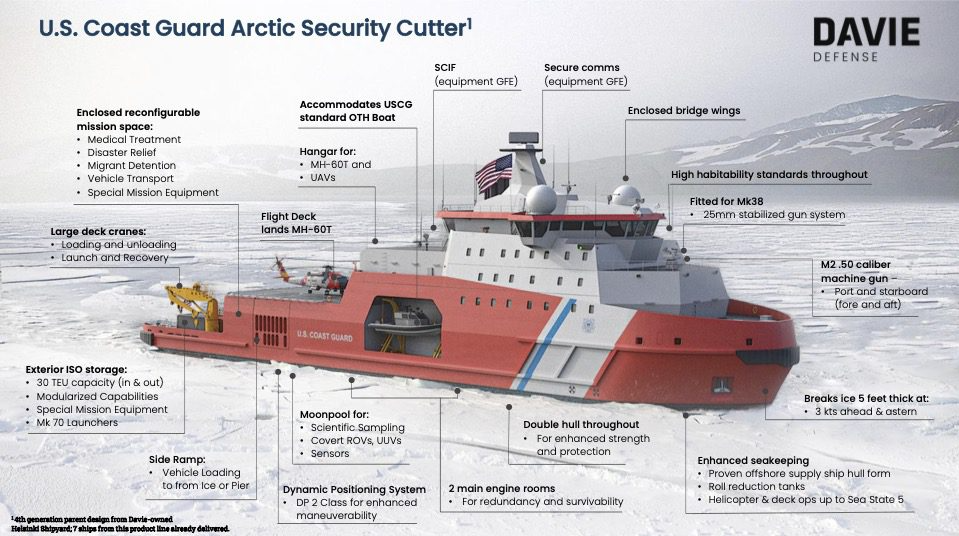
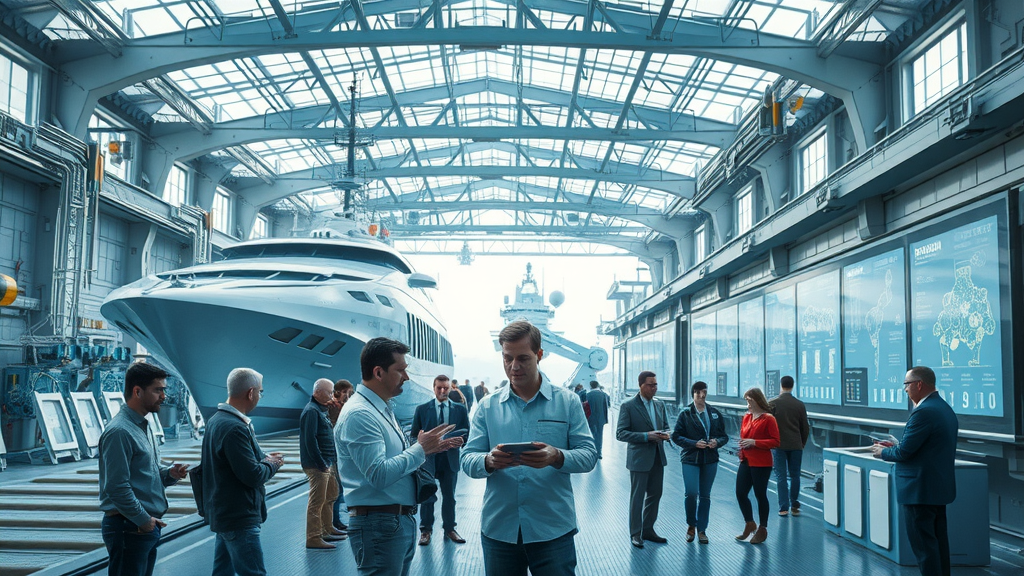
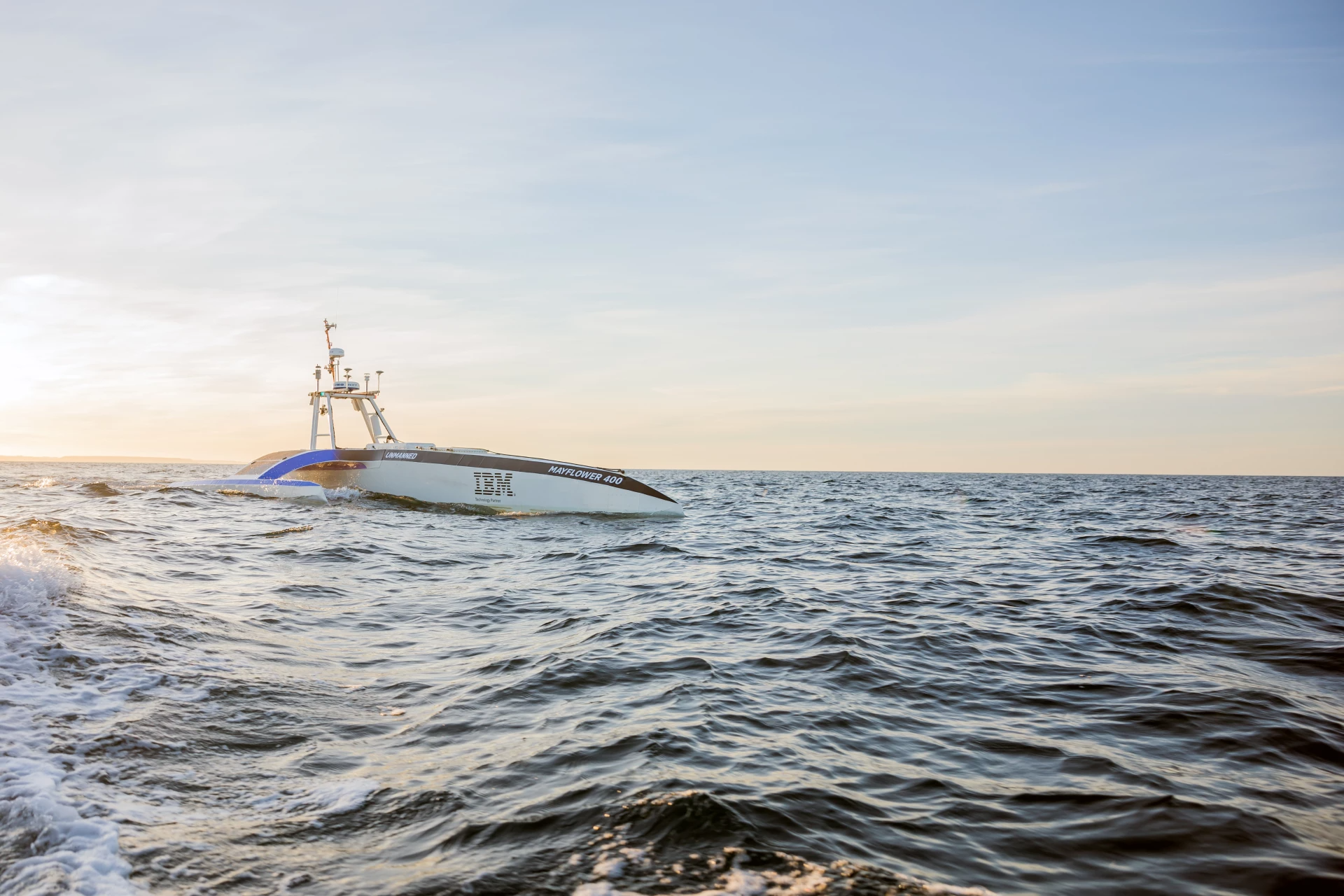
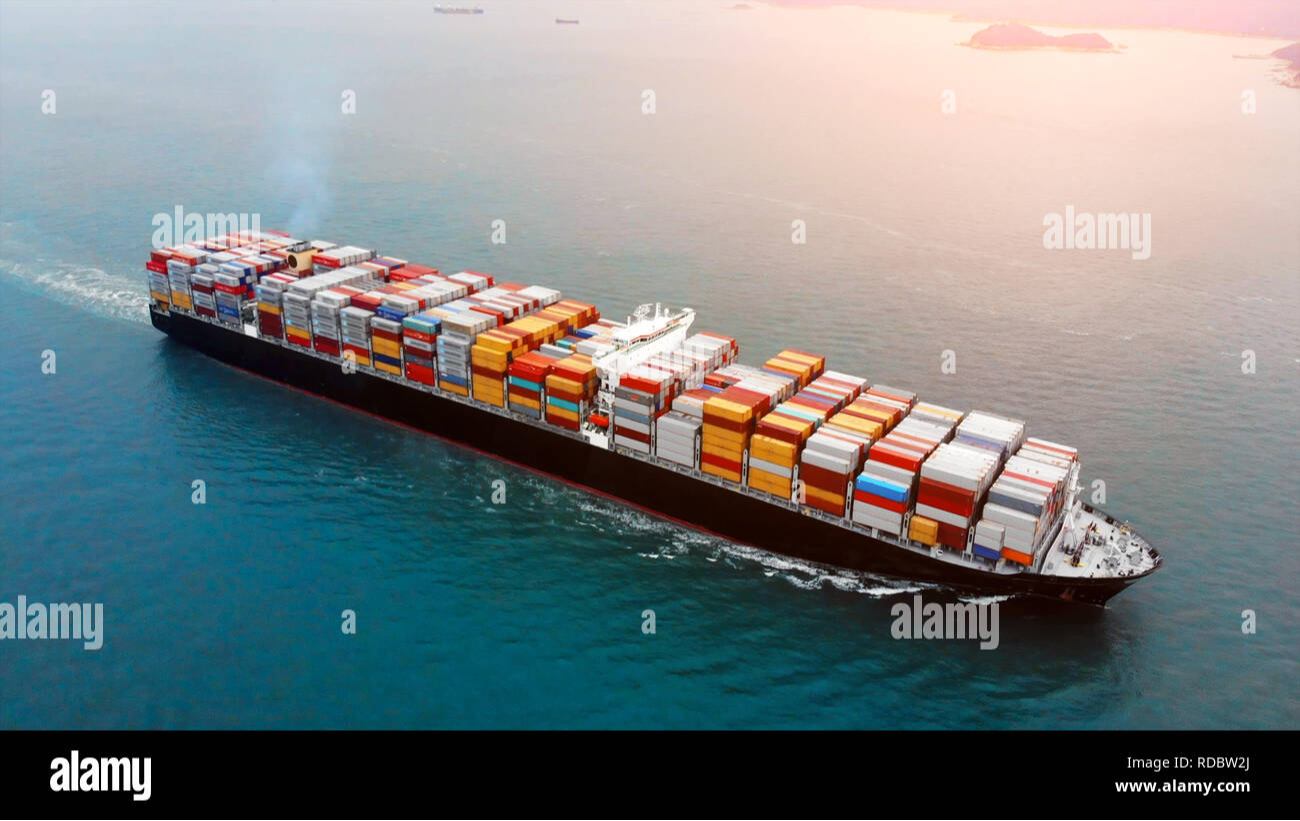


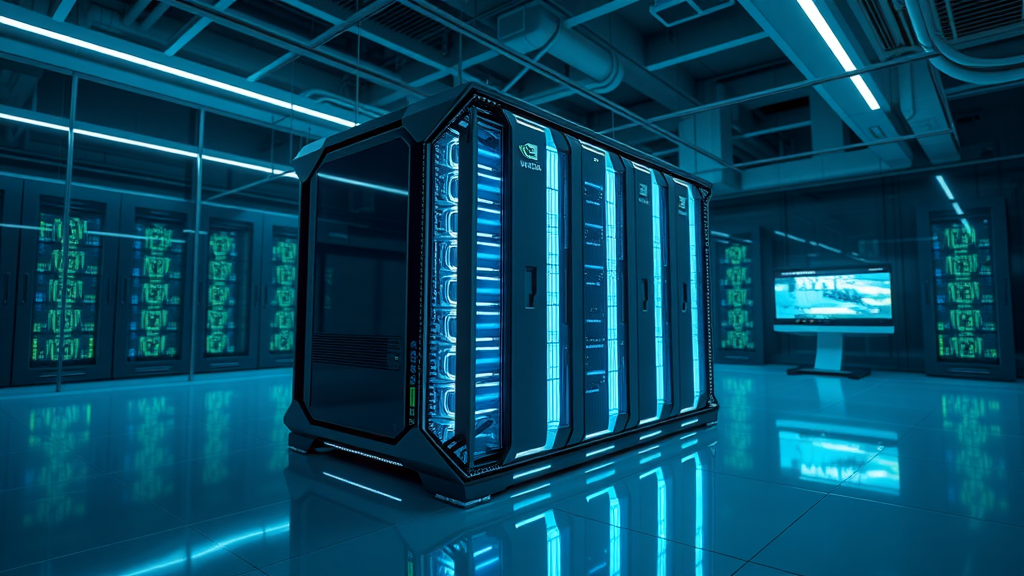



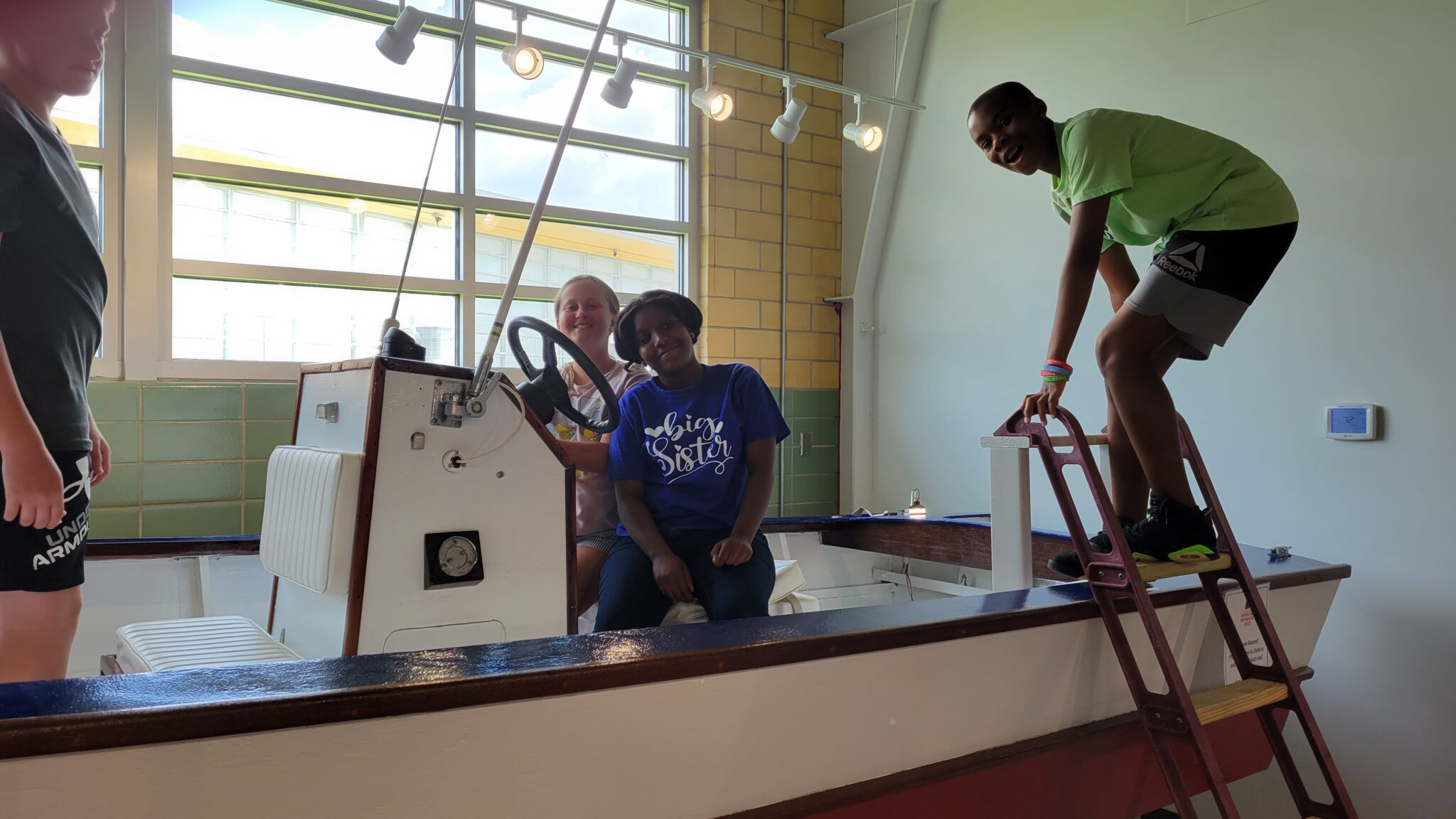

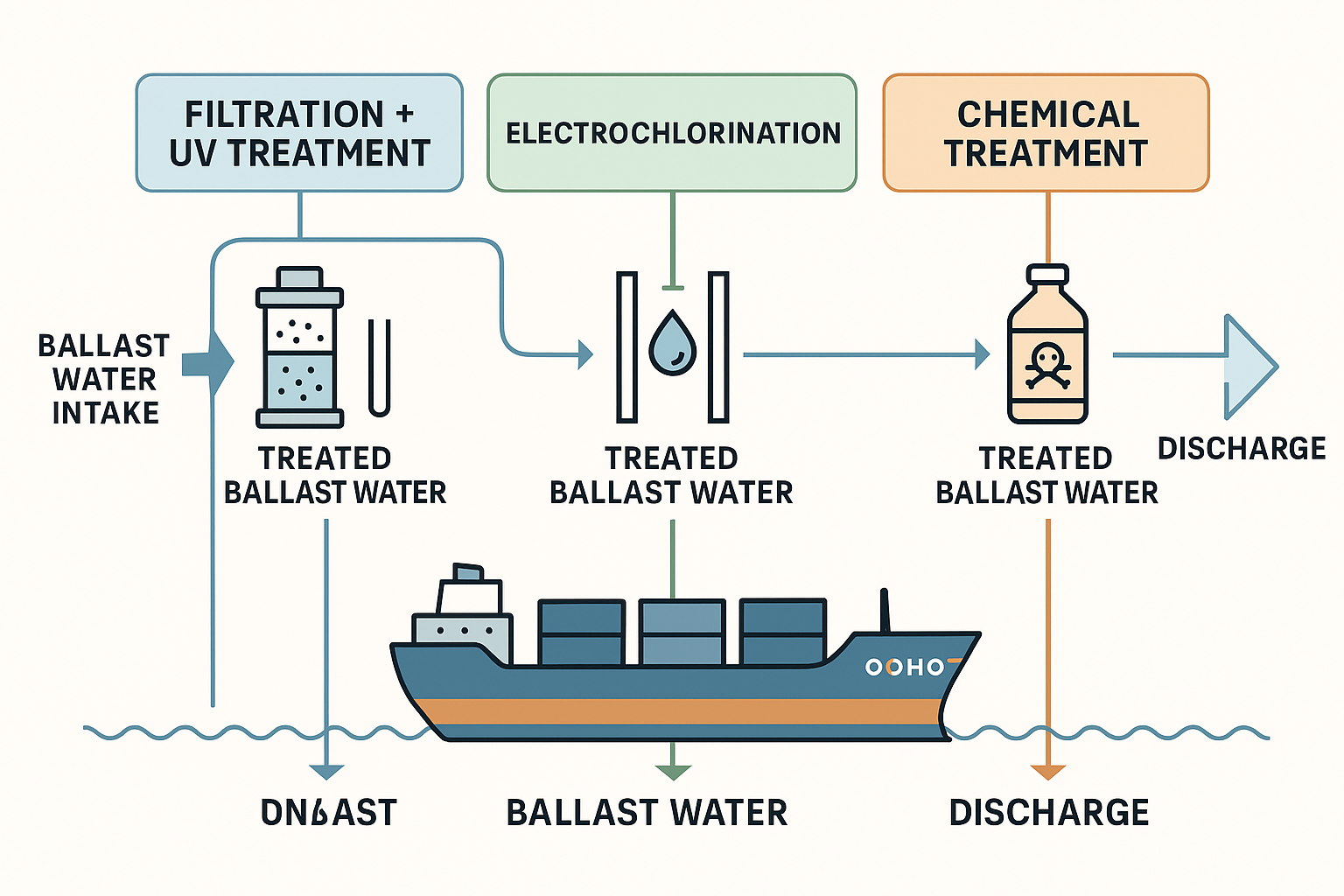
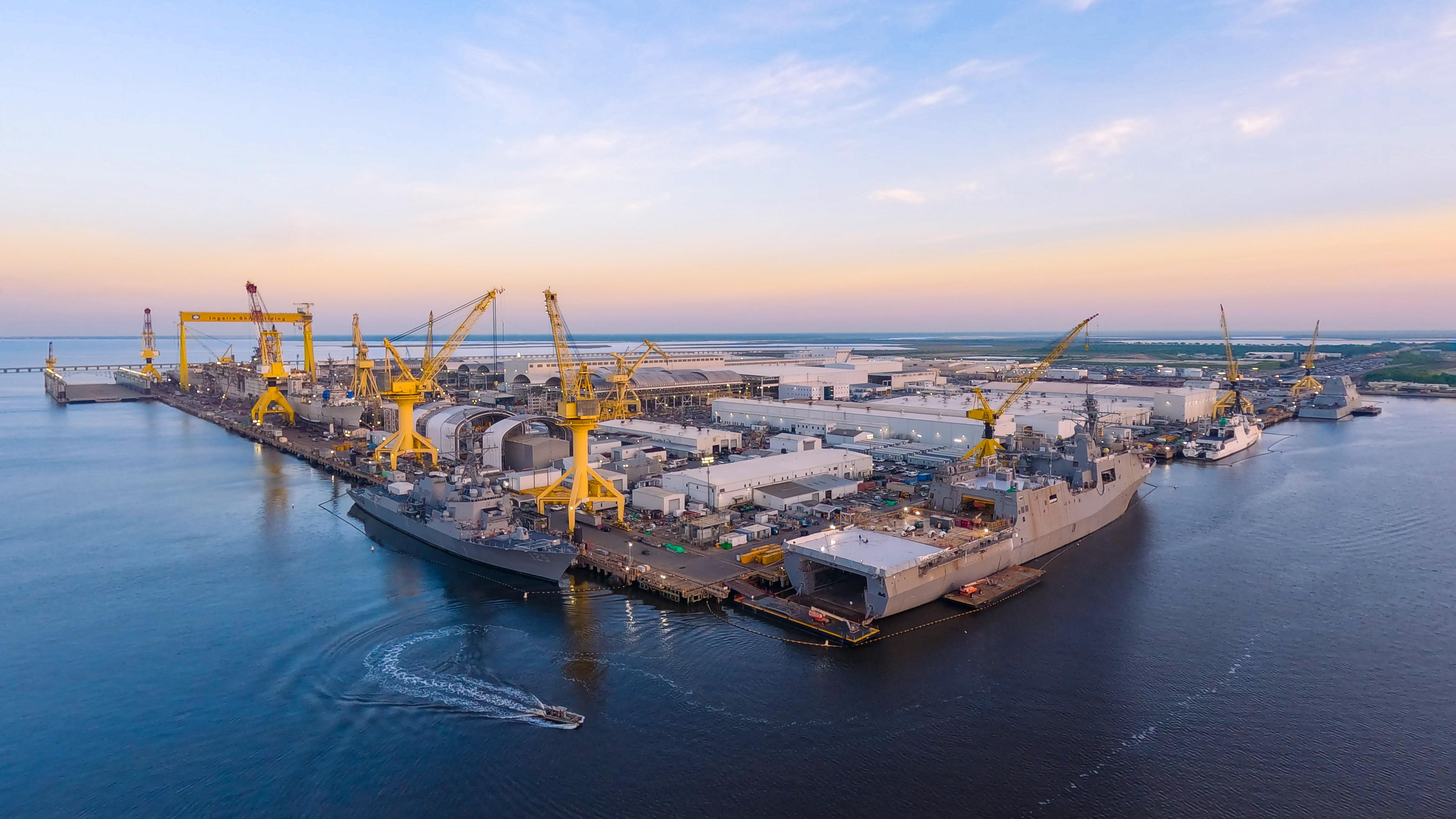
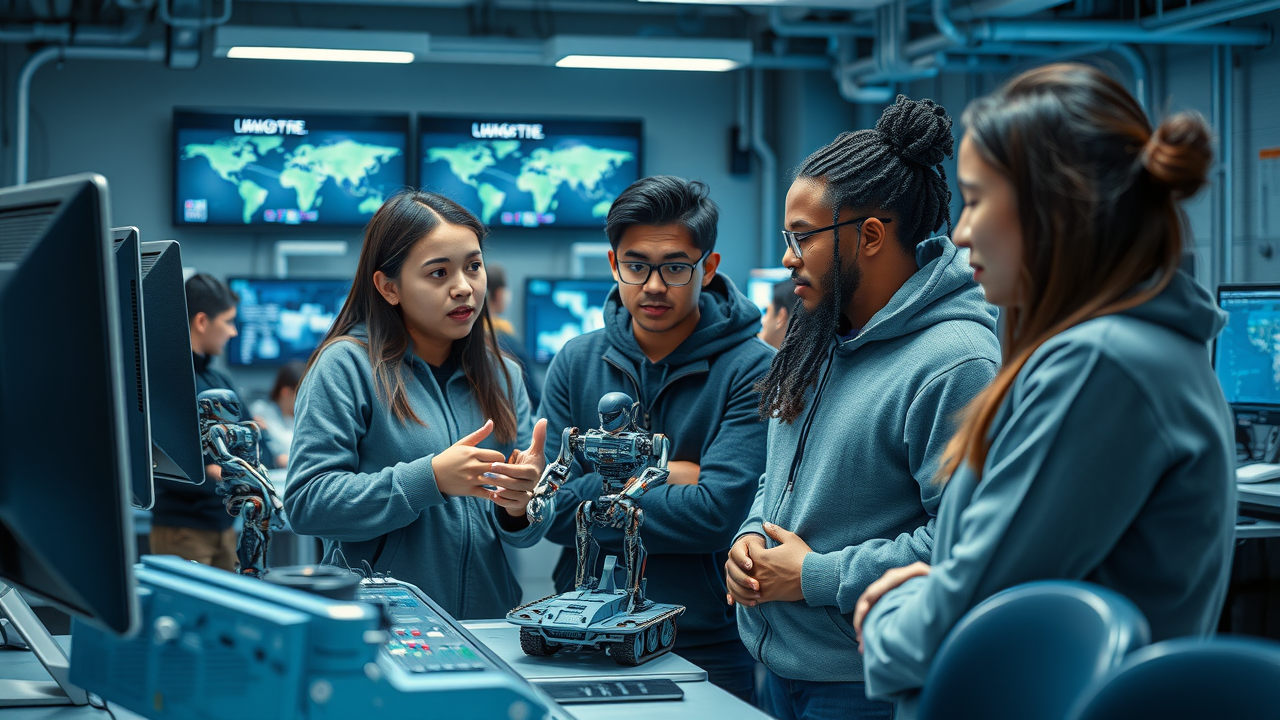
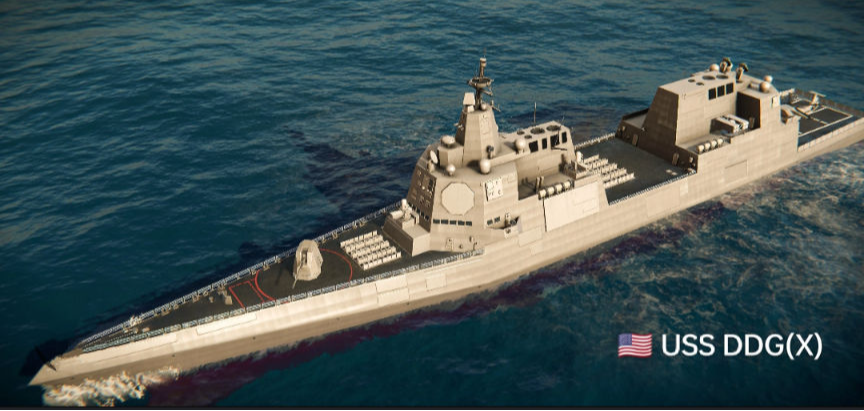
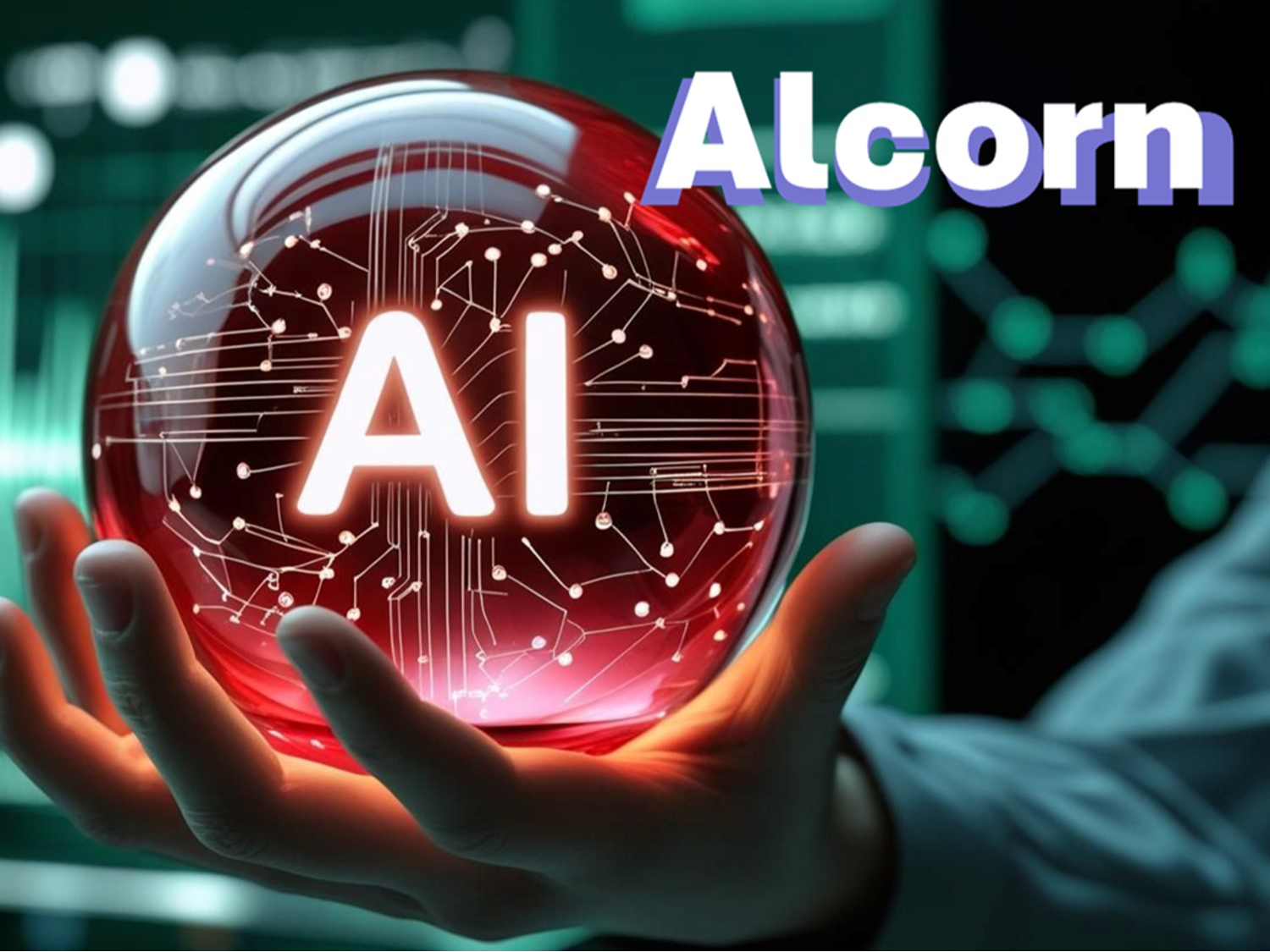
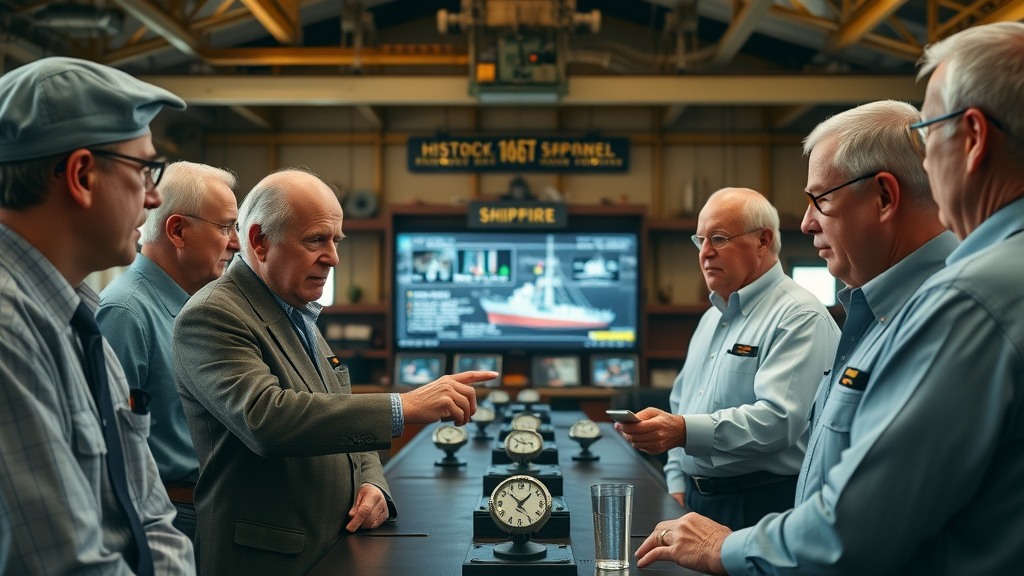

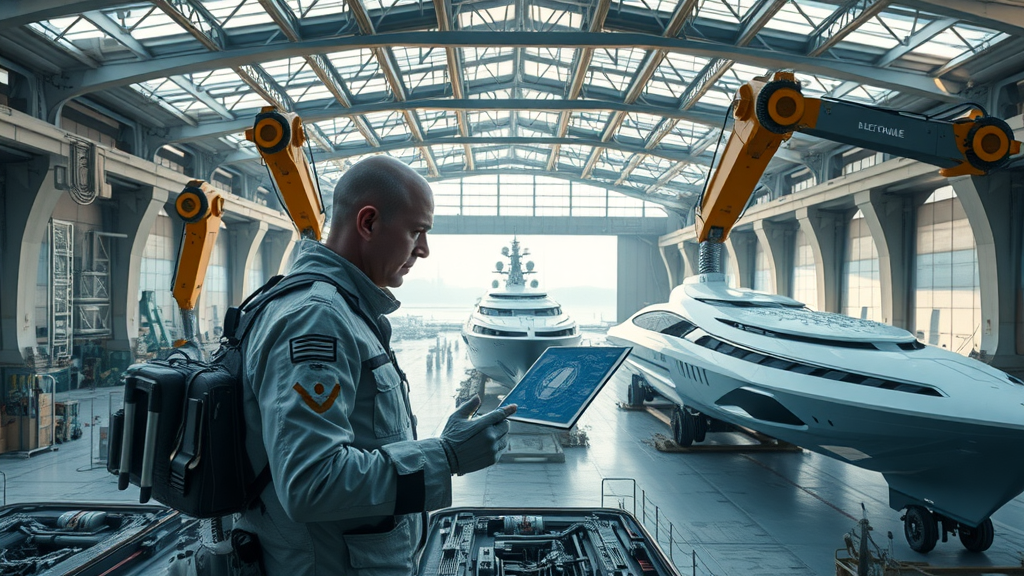
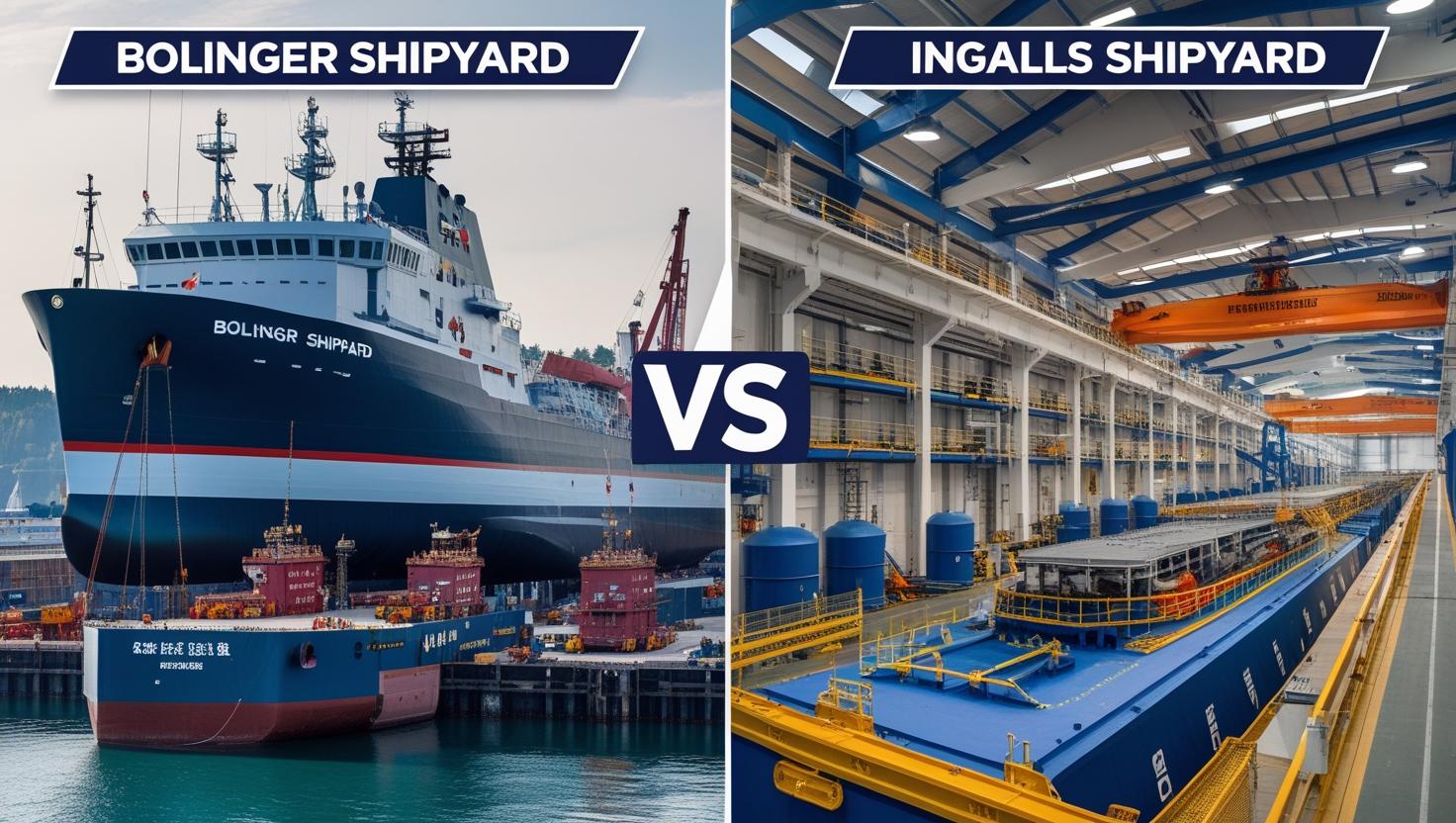

 Add Row
Add Row
 Add
Add

